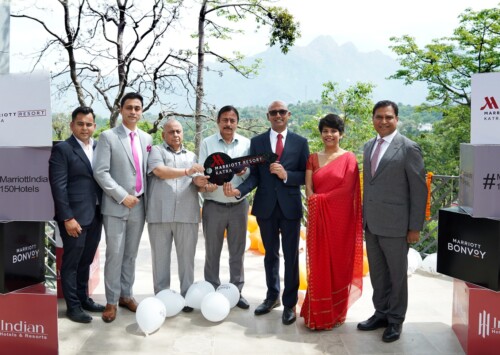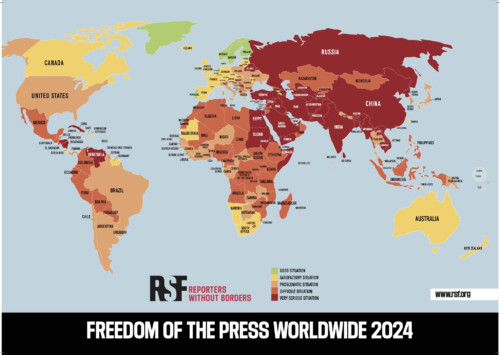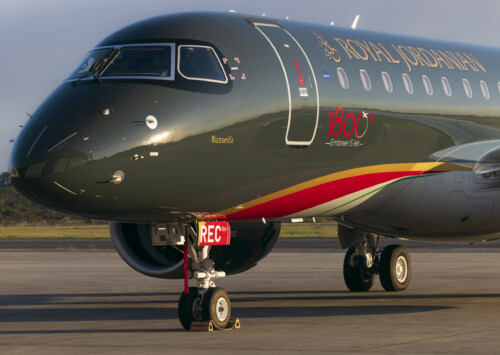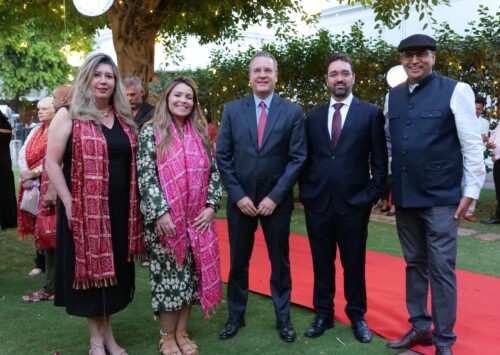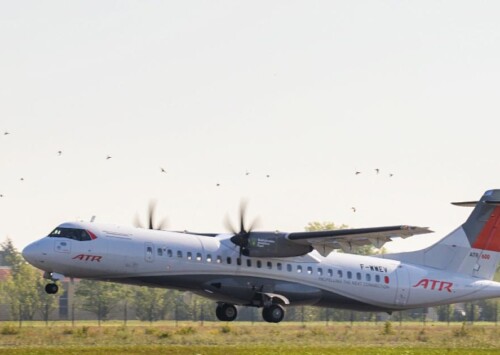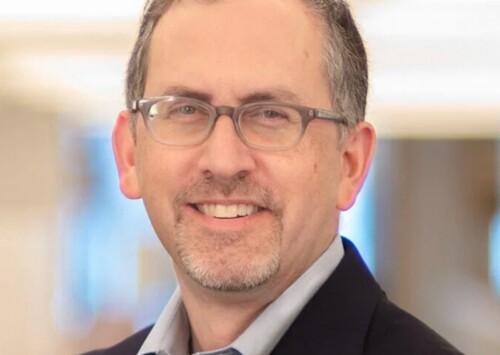Big expectations as 8 South American leaders gather to protect Amazon basin
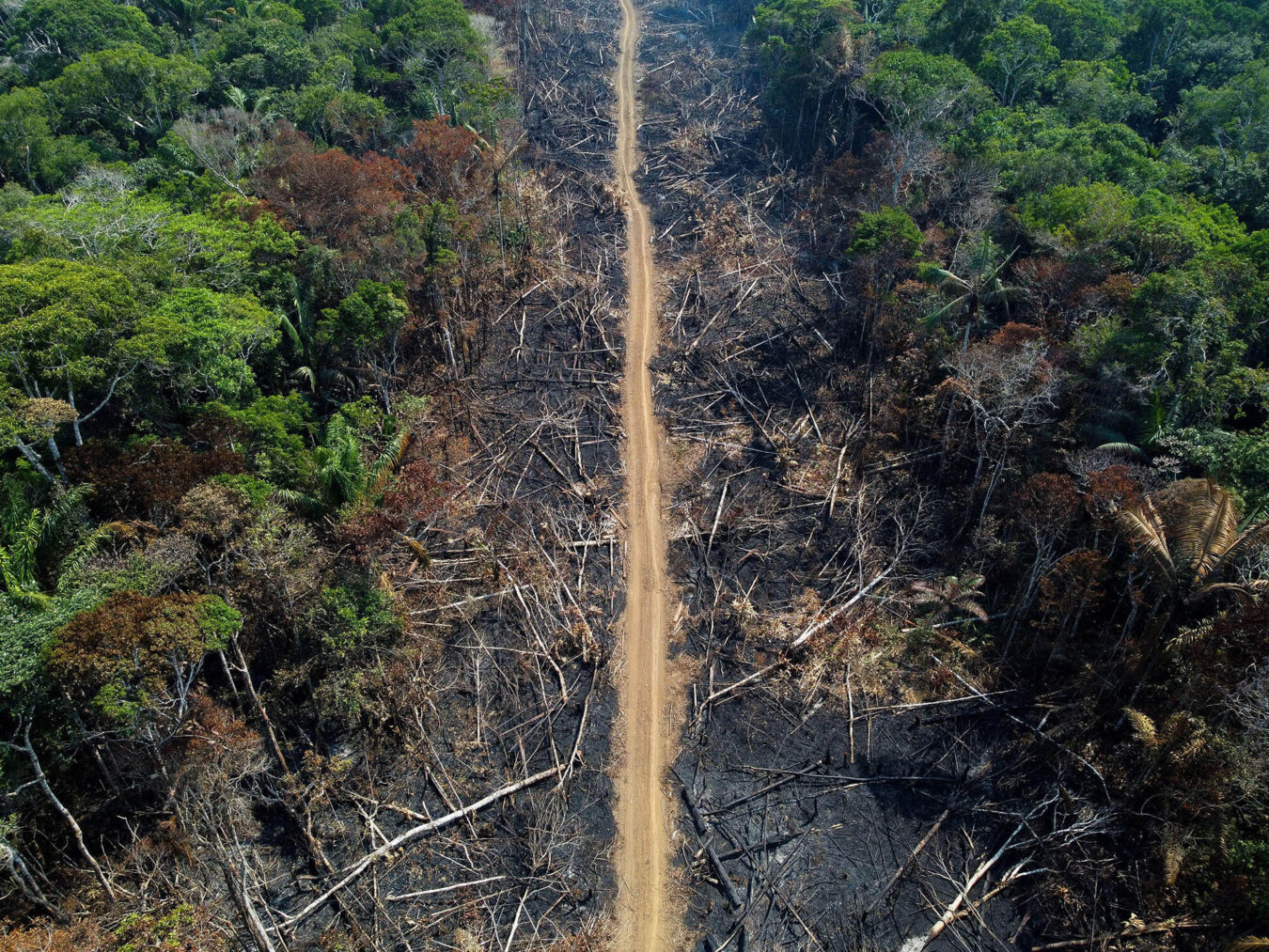
Deforestation reached 17 pc across the entire Amazon basin and was nearing 20 pc in the Brazilian Amazon
On Tuesday, Presidents from eight countries across the Amazon including Bolivia, Brazil, Colombia, Ecuador, Guyana, Peru, Suriname and Venezuela gather in Belem in Brazil in their first meeting since 2009 under the Amazon Cooperation Treaty Organisation (ACTO) to discuss the fate of the Amazon.
And the two-day ‘Amazon Summit’ is being closely watched by dozens of activist organisations around the world that have been campaigning for saving the largest natural forest that exist on the Earth and which is playing a vital role in the battle to curb greenhouse gas emissions.
According to one such NGO, Avaaz, this is a make or break moment to avoid the collapse of the forest. The Amazon is on the verge of a tipping point that could lead to an ecosystem collapse. After four years of destruction under Bolsonaro, Brazil and its neighboring countries have a major opportunity to stop deforestation and restore Amazon ecosystems, says Avaaz.
For the summit to succeed, Amazonian Indigenous peoples, scientists, millions of citizens around the world, and civil society organizations regionally and globally are calling for five crucial things to be included in the Amazon Summit declaration. The first is recognition of the ‘tipping point’ by the leaders who must for the first time publicly acknowledge that the Amazon has reached a tipping point.
The second demand is that the Amazon Summit should ensure protection of 80 pc of the region by 2025, by including this as a goal in the final declaration. Another key element to help protect the forests would be the recognition of 100 million hectares of Indigenous land and help the indigenous communities with finance to take measures for protection of their lands and forests.
The activists also want the discussions at the Amazon Summit to be inclusive by ensuring adequate representation of Indigenous voices at the negotiation table since the decisions taken at the meeting will first and foremost impact their lives and the future of the Amazon moving forward.
Avaaz says that the science is clear, the Amazon can be saved if Amazonian countries address this lifethreatening tipping point by committing to concrete actions in Belem. Avaaz says it has been campaigning on Amazon protections and the rights of Indigenous peoples since its birth in 2008. It adds that it will be present at the Amazon Summit in strength to ensure that people’s voices will shape the fate of the forest.
A political declaration will be released at the end of the summit by all Parties to the Amazon Cooperation Treaty Organization (ACTO). Negotiations on the declaration began in May, and a ministerial-level gathering will be convened later this year to discuss implementation of the declaration’s commitments.
Despite facing intense pressure from agribusiness, that benefitted the most from the dismantling of conservation laws during Bolsonaro era, the current Brazilian President Lula wants this declaration to forge a common policy goal that includes ending deforestation by 2030, which will be presented in future summits, such as the Three Basins Summit in CongoBrazzaville this October and the COP28 in the UAE later this year.
Avaaz says that a strong result from the summit in Belém will empower Amazon countries at international climate and environmental negotiations. The final declaration is expected to comprise measures for sustainable development of the Amazon, protecting the biome, and promoting social inclusion, science, technology, and innovation while valuing Indigenous peoples and their knowledge.
Colombian President Gustavo Petro has proposed the creation of a 20-year fund to compensate farming communities for conservation and regenerative activities instead of deforestation. The Amazon Summit could also be the moment when all Amazonian leaders recognise that the forest is on the cusp of a tipping point.
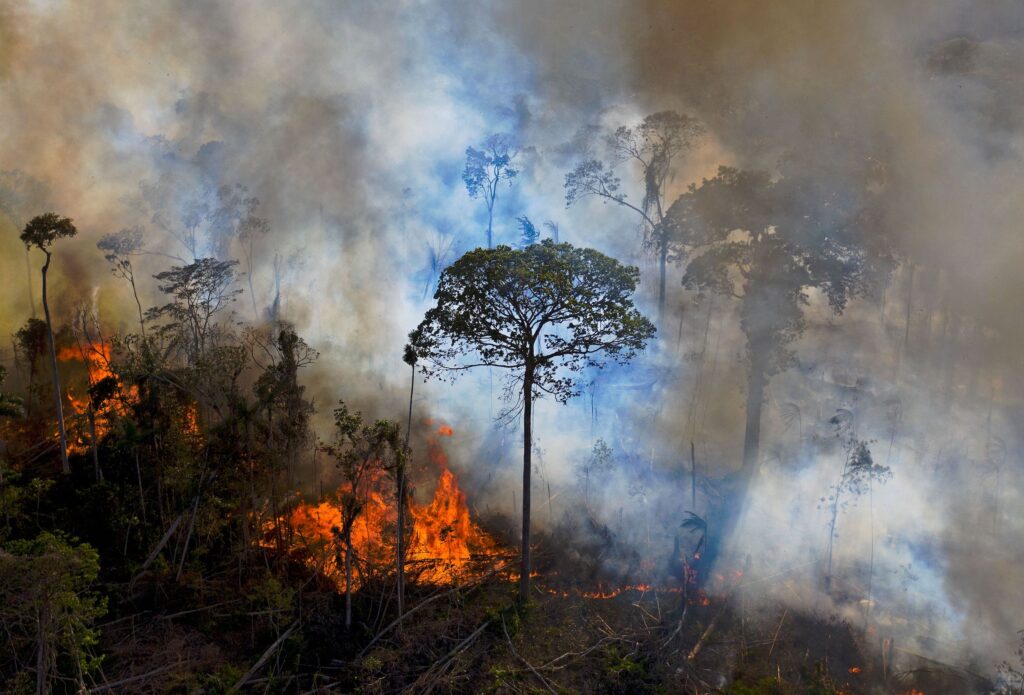
Certain areas in southeastern Amazonia are releasing more carbon dioxide than they are able to absorb
The Amazon and tropical forests, which store between 90 and 140 billion tonnes of carbon, help stabilise the world’s climate. The Amazon alone represents 10 pc of the total biomass of the planet. However, forest degradation and land-use change are major sources of greenhouse gas emissions. And already, parts of southeastern Amazonia are emitting more carbon dioxide than they absorb. If the Amazon releases all the carbon that it currently stores, it could warm the planet by as much as 0.3°C, making the Paris Agreement goal of keeping global warming limited to 1.5°C almost impossible to achieve, various studies indicate.
In 2019 scientists Thomas E. Lovejoy and Carlos Nobre warned of the existence of a tipping point and how the Amazon was perilously close to reaching it. They established that the tipping point in the Amazon might occur once deforestation and degradation combined cross a 20- 25 pc threshold. Their research refers to the eastern, southern, and central Amazon. At that time, they warned that deforestation was at 17 pc across the entire Amazon basin and approaching 20 pc in the Brazilian Amazon.
Some scientists say that deforestation and degradation have already reached 26 pc in the entire region. During the International Union for Conservation of Nature’s World Congress in Marseille in 2021, Indigenous groups of the Amazon basin formally presented the Declaration Amazonia 80×25, calling for a global agreement for the permanent protection of 80 pc of the Amazon by 2025 as an urgent measure to avert an imminent tipping point. This target was adopted in motion 129 “avoiding the point of no return in the Amazon protecting 80 pc by 2025”.
Nearly 45 pc of the intact forests in the Amazon are in Indigenous territories, an area larger than France, Great Britain, Germany, Italy, Norway, and Spain combined. Indigenous territories, including those not formally recognised, physically occupy 237 million hectares in the Amazon basin. A recent report of the UN Permanent Forum on Indigenous Issues (UNPFII) urged all the nine Amazonian States to “legally recognise the ancestral territories of Indigenous Peoples, covering 100 million hectares, through the expansion, regulation and collective titling in meeting the target of protecting 80 pc of the Amazon by 2025”.
Avaaz says that it is essential that Amazonian countries pursue this goal, while also ensuring that other traditional communities, including quilombolas and river communities, have their land rights secured. There is abundant proof that the livelihoods of the Indigenous, and the practices that they developed through their cultures and management of the land, have led their territories to be the most effective at keeping the Amazon conserved. Such conservation practices have an outsize contribution to tackling climate change, halting biodiversity loss and promoting sustainable development. When the rights of Indigenous peoples are protected, especially their rights to land, territories and resources, their culture thrives and nature thrives.
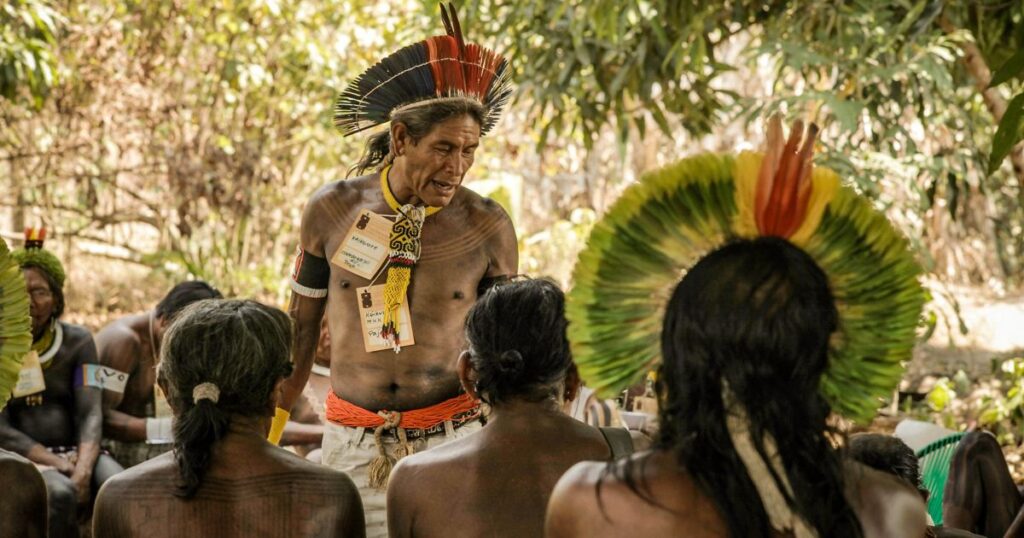
Indigenous communities have traditionally been guardians of the Amazon, but are increasingly being dispossessed of their lands
President Lula has made a pledge to cut deforestation to zero by 2030. In his current term, he has created an Indigenous People’s ministry which will support Indigenous communities’ efforts to protect the Amazon and other Brazilian biomes and he is driving illegal miners from such territories and successfully resumed international donations to the Amazon Fund that combats deforestation.
Lula has also reappointed Marina Silva as environment minister. During her first term, she played a crucial role in an 84 pc reduction in deforestation from 2004-2012. This time around she has already declared protected status to a swath of forest the size of Spain, and deforestation in the Brazilian Amazon fell by at least 60 pc in July 2023 compared to the same month last year. But their plans face major obstacles. Silva’s ministry is under constant attack by the right-wing opposition block in Congress, which is allied to agribusiness.
Avaaz says that there are significant lobbies at work to prevent Lula and Silva from achieving their goals. Most state governors in the Amazon are pro-mining and pro-ranching Bolsonarists. It adds that Brazilian national oil company Petrobras is furious after the environment ministry refused it an oil-drilling license in the Amazon and the construction industry is lobbying hard to build a new road through areas with primary forests, some of the oldest in the Amazon. Last time, Silva quit her position after Lula sided with industry and paved the way for agribusiness to clear fresh forest for soy and cattle.
Avaaz says that President Lula’s role in the Amazon summit will be a litmus test for how he manages these competing political factors.But if Lula loses, it will not just be the loss for him, his party or even Brazil. The entire world will emerge as the loser in this battle and the stakes for Lula and the seven other heads of Amazonian States are far higher than their own political survival.

